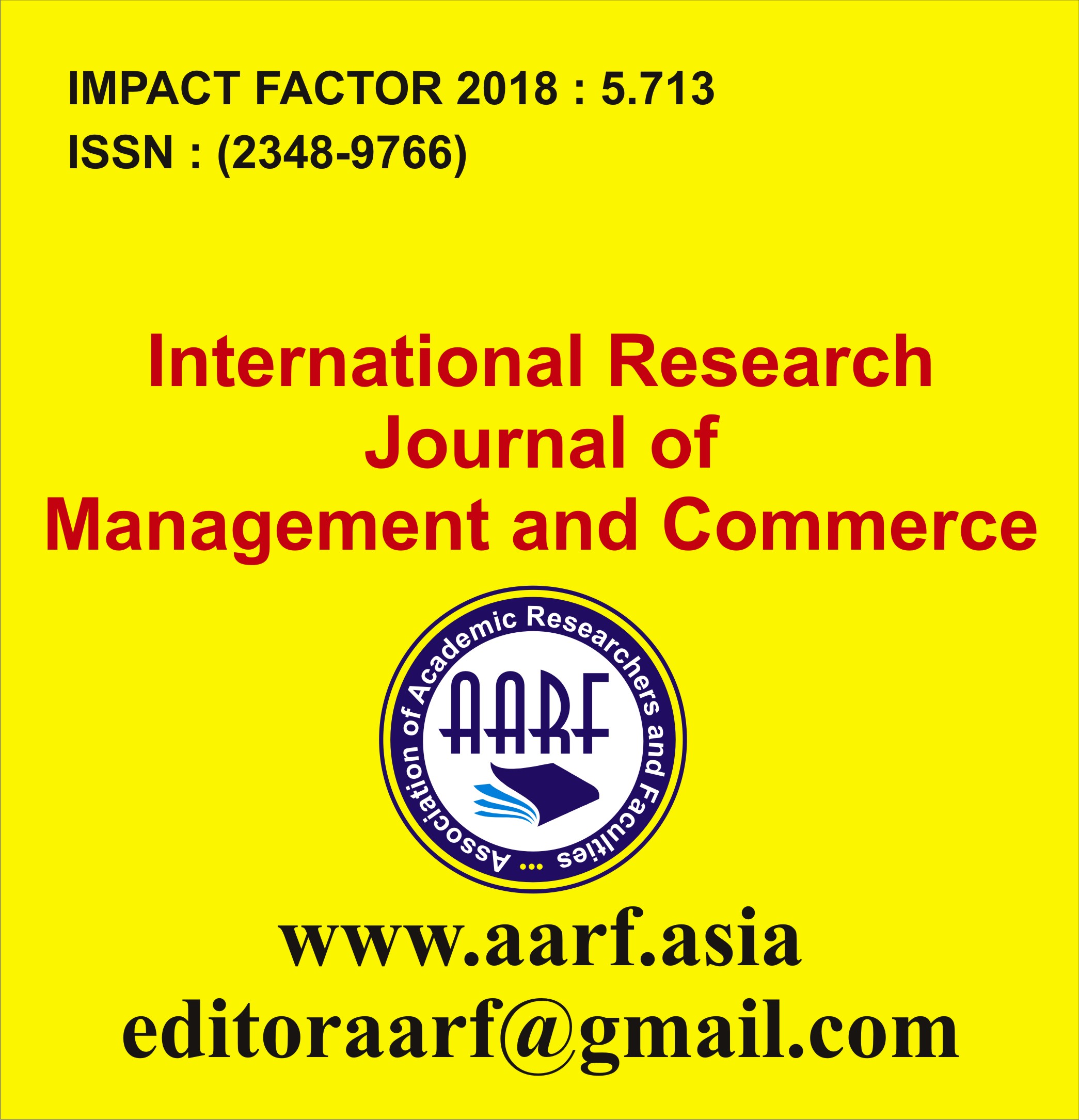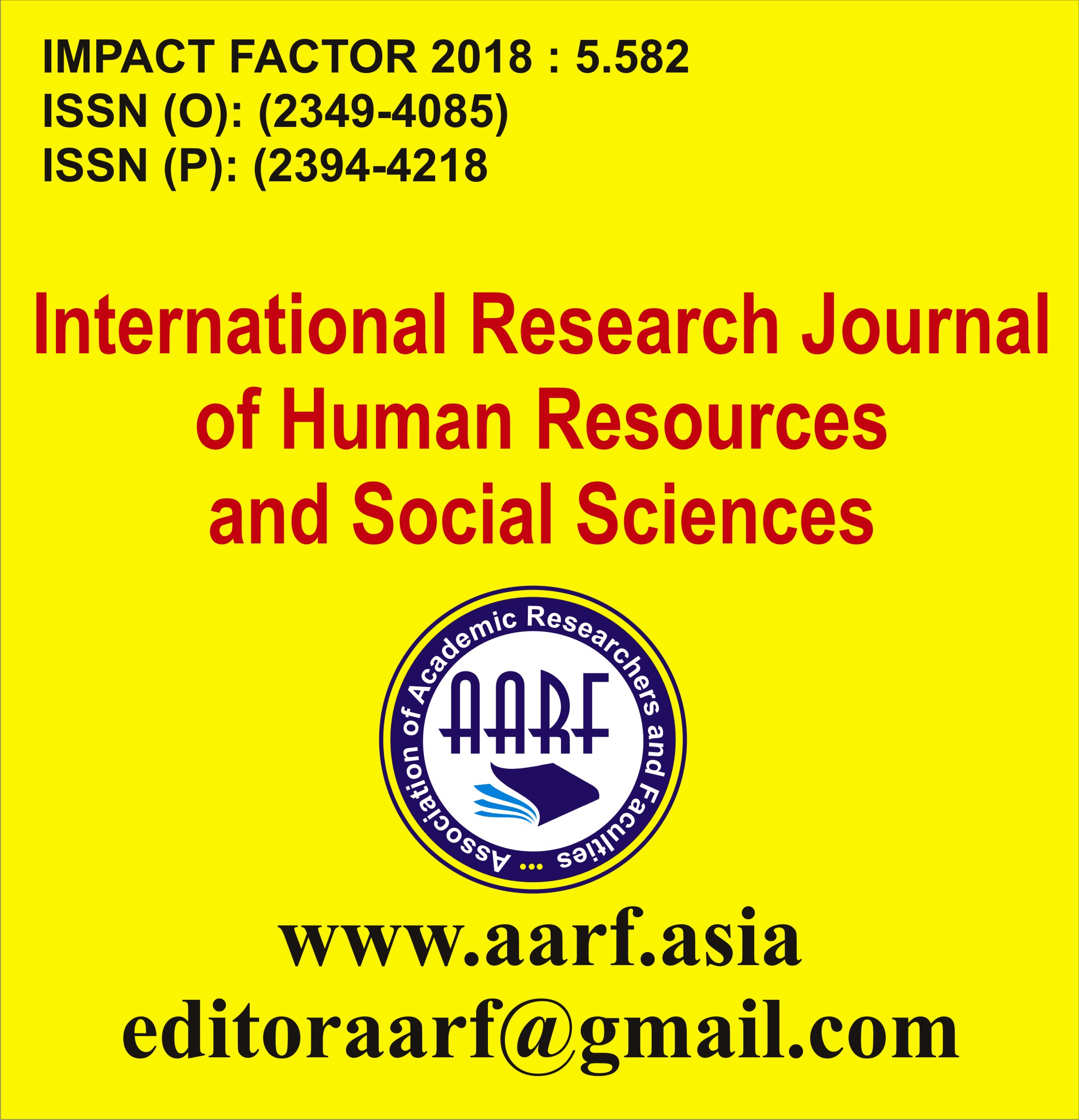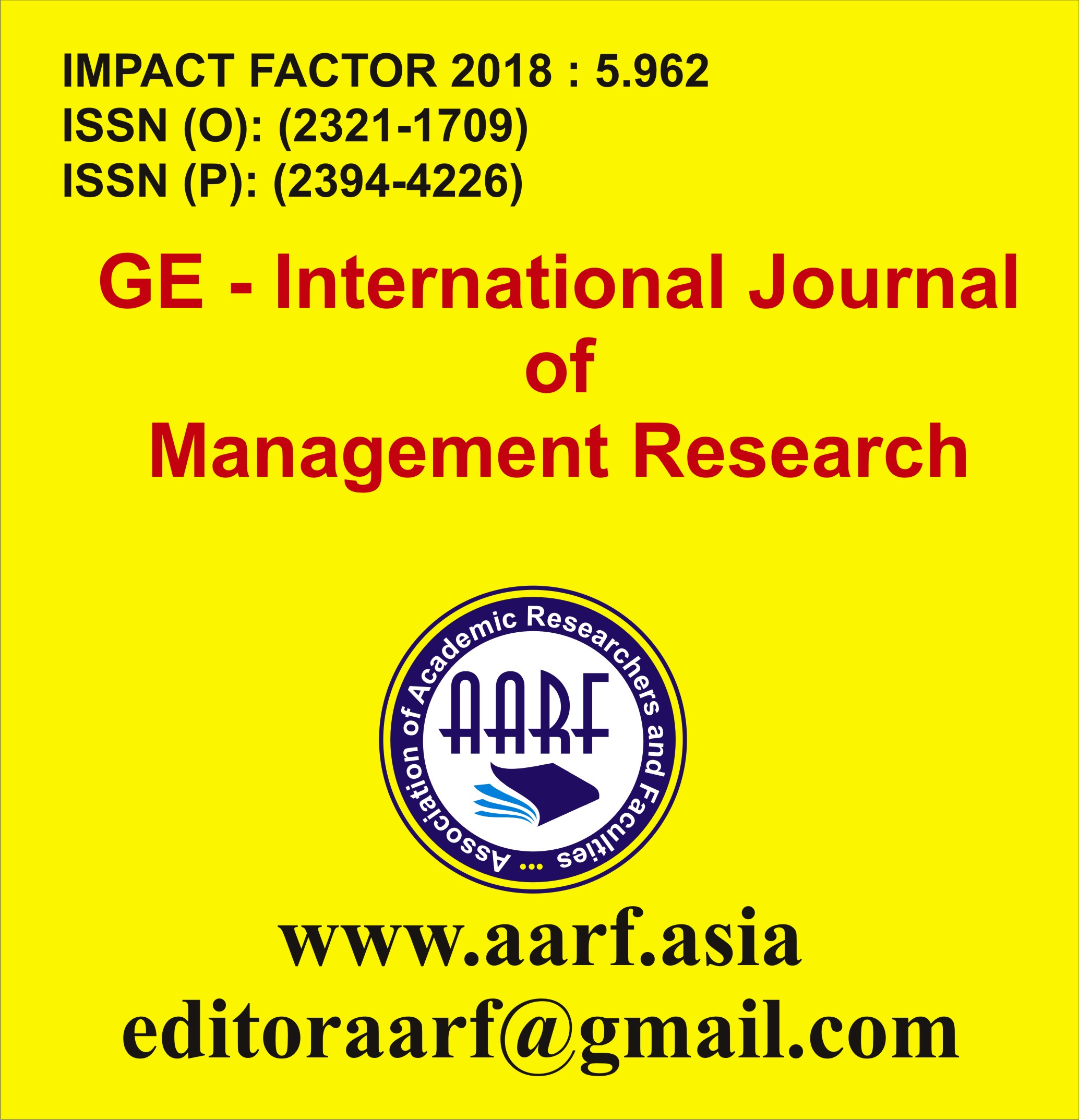
- Current Issue
- Past Issues
- Conference Proceedings
- Submit Manuscript
- Join Our Editorial Team
- Join as a Member

| S.No | Particular | Page No. | |
|---|---|---|---|
| 1 |
Mai A Al-Mosaibih and Rawan M Al-Maimony University of jeddah, department of zoology, jeddah ,saudiarabiaAbstract: |
|
1-21 |
| 2 |
Mai A Al-Mosaibih and Rawan M Al-Maimony University of jeddah, department of zoology, jeddah ,saudiarabiaAbstract: |
|
1-21 |
| 3 |
Dr. Anju KumariAbstract: |
|
22-29 |
| 4 |
Rajesh Kumar GuptaAbstract: |
|
30-32 |
| 5 |
Shilpa Thakur Dr. Shrikant SharmaAbstract: |
|
33-45 |
| 6 |
Kanchan LataAbstract: |
|
33-37 |
| 7 |
Suresh Kumar NaikAbstract: |
|
54-64 |





















